Uranus, the seventh planet from the Sun, is a mysterious and enigmatic world that stands out among its planetary counterparts. Known as the “Ice Giant,” Uranus boasts unique characteristics, including its axial tilt and icy composition.
In this comprehensive post, we embark on a journey to explore the secrets of Uranus, unraveling its intriguing features, atmospheric dynamics, peculiar magnetic field, and the ongoing scientific missions that aim to uncover the mysteries of this distant planet.
Table of Contents
Planet Uranus quick facts
- Planet type: Ice Giant
- Age: 4.6 billion years (and counting)
- Length of year: 30,687 earth days
- One way light time to the Sun: 163.365890 minutes
- Rotation time on its axis: 17 hours
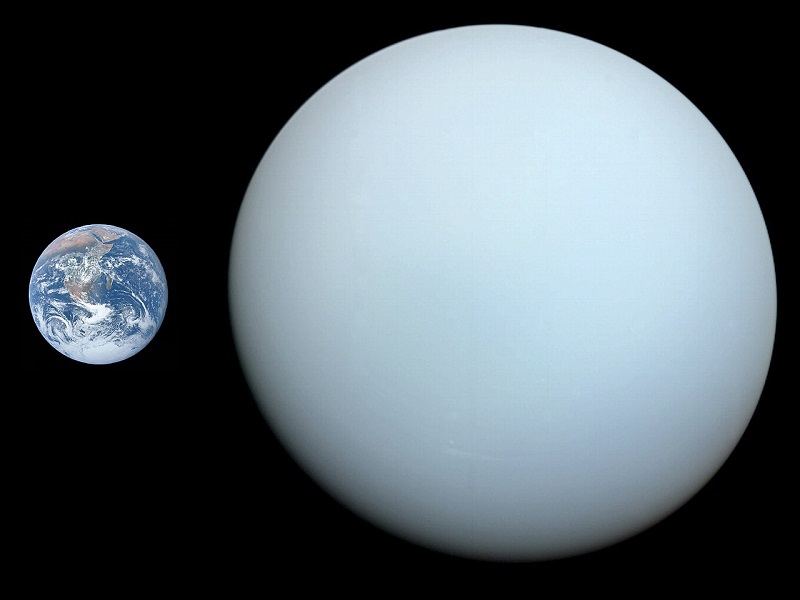
Uranus: An Overview of the Ice Giant
The basic features of Uranus, including its size, composition, and distance from the Sun are far from any normality that we experience here on planet Earth. Uranus has distinctive characteristic: its extreme axial tilt, which causes it to rotate on its side. The composition of Uranus is mostly of hydrogen and helium, but with a significant amount of icy compounds such as water, methane, and ammonia.
The Atmosphere of Uranus
Uranus possesses a unique atmosphere characterized by its blue-green color and the presence of methane gas. The structure and composition of Uranus’ atmosphere includes layered cloud system and the uppermost haze. The dynamics of Uranus’ atmosphere are represented with its relatively calm weather patterns and the presence of high-speed winds near the planet’s equator.
The Rings of Uranus
Similar to Saturn, Uranus also has a system of rings, although less prominent. The structure and composition of Uranus’ rings is consisted of dark particles composed of ice and rocky materials. These rings have different ring groups with their peculiar characteristics, including the narrow and faint rings discovered by the Voyager 2 spacecraft in 1986.
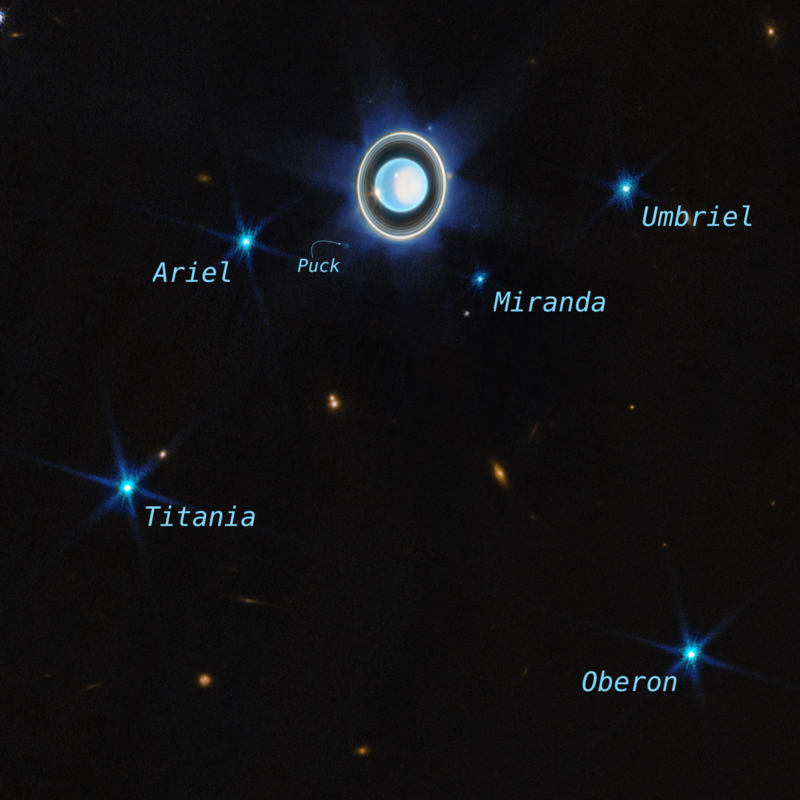
Uranus’ Moons and their Mysteries
Uranus is accompanied by a diverse family of moons, each with its own intriguing features and mysteries. Some of Uranus’ notable moons include Titania, Oberon, Umbriel, Ariel, and Miranda. Their unique geological features include impact craters, canyons, and unusual terrains. Important for highlighting are the peculiarities of Miranda, known for its varied and chaotic landscapes, which have puzzled scientists since its discovery.
The Peculiar Magnetic Field of Uranus
Uranus possesses a magnetic field distinct from other planets in our solar system. Uranus’ magnetic field has unusual characteristics, which is tilted relative to its rotational axis. There are many theories proposed to explain this misalignment and the ongoing scientific research aiming to unravel the mysteries of Uranus’ magnetic field.
Voyager 2 and the Exploration of Uranus
The Voyager 2 spacecraft, launched in 1977, provided humanity’s first close-up encounter with Uranus. The achievements of the Voyager 2 mission include the detailed observations and measurements of Uranus’ atmosphere, rings, and moons. The valuable data collected by the spacecraft significantly expanded our knowledge of Uranus and paved the way for future exploration.
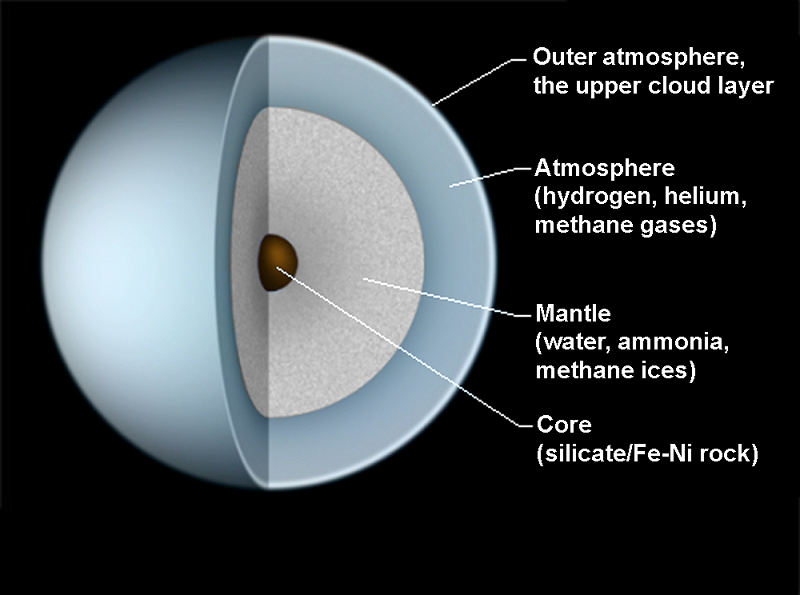
The Prospect of Future Missions
Although no specific missions to Uranus are currently planned, there is growing interest in exploring this mysterious ice giant in more detail. The possibilities and challenges associated with future missions to Uranus include the need for advanced technology and the future potential scientific breakthroughs to make these missions successful.
Conclusion
Uranus, the icy enigma of our solar system, continues to intrigue scientists and stargazers alike. Its unique features, including its extreme axial tilt, peculiar atmosphere, and magnetic field, make it a subject of ongoing scientific exploration. As we strive to uncover the mysteries of Uranus, we expand our understanding of planetary dynamics, the formation of celestial bodies, and the diversity of our solar system. The secrets of Uranus await further exploration, promising to unveil captivating discoveries that will deepen our knowledge of the cosmos.
Read more posts on Science.
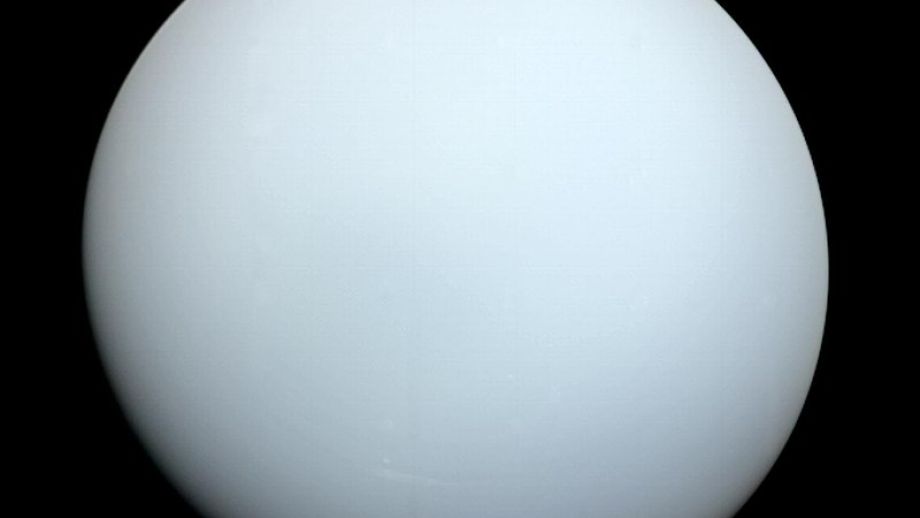
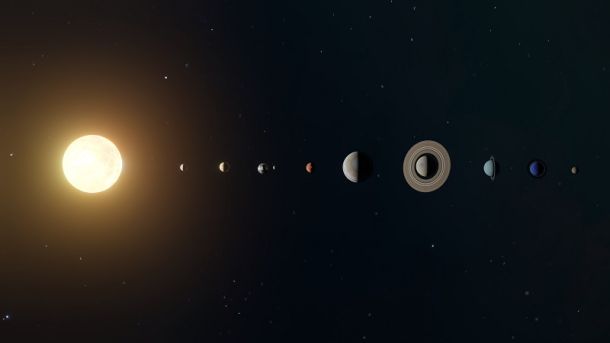
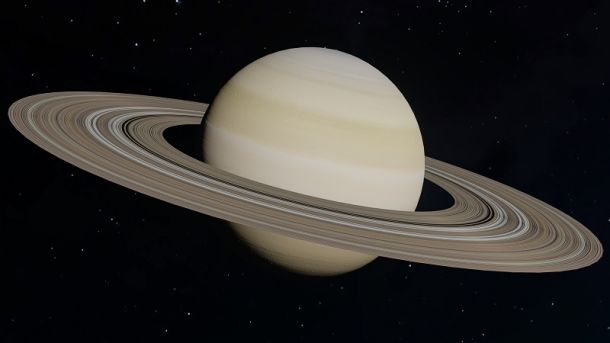
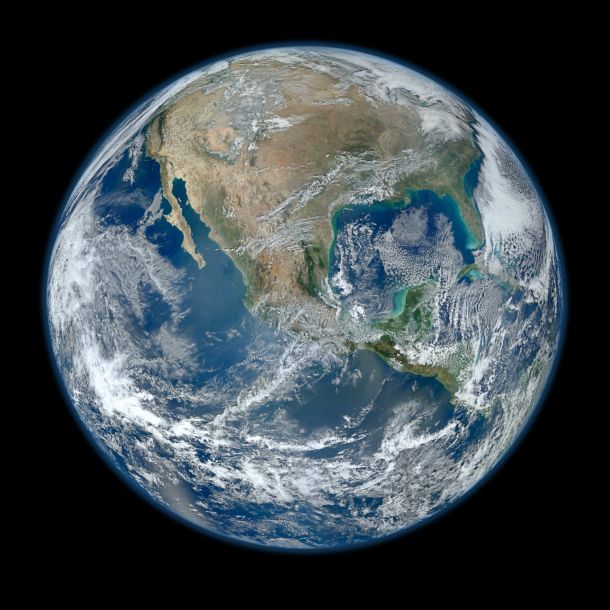
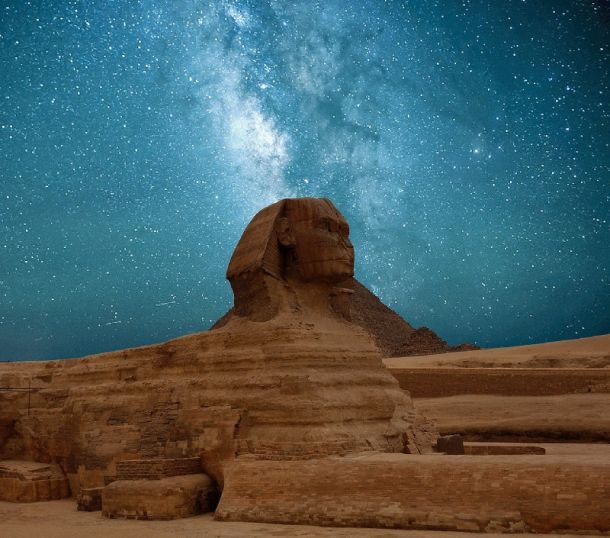
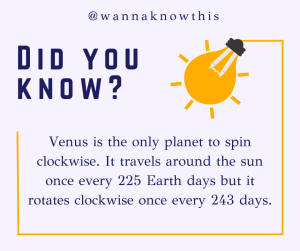
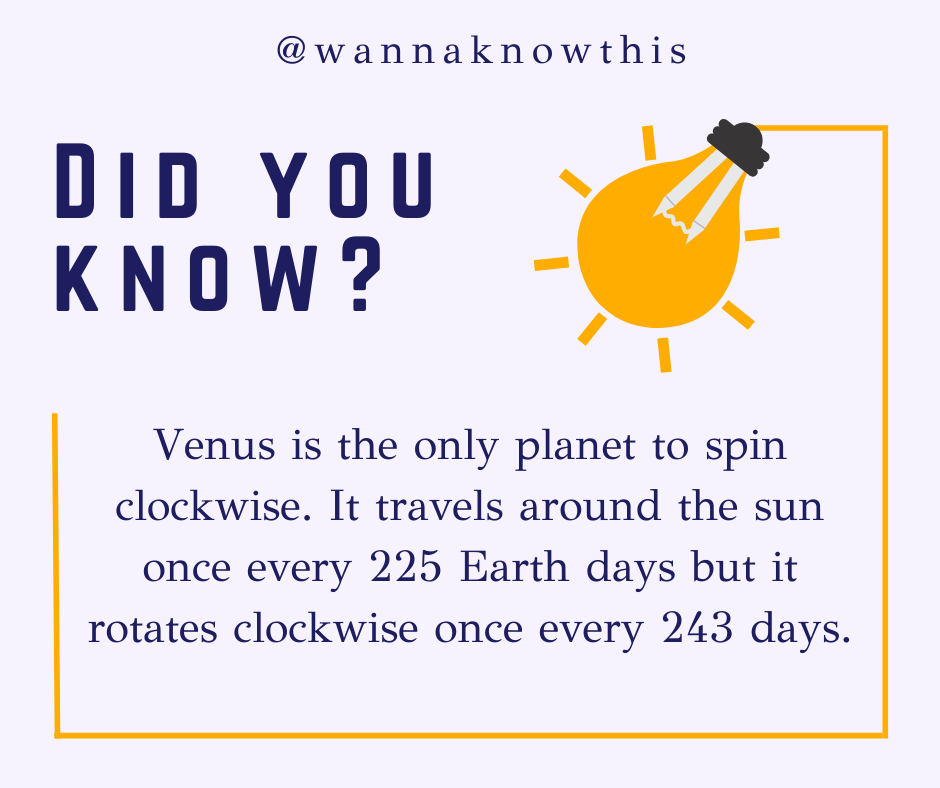









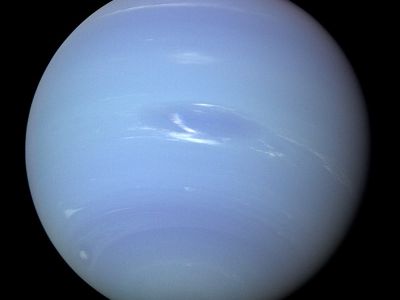
Leave a Reply